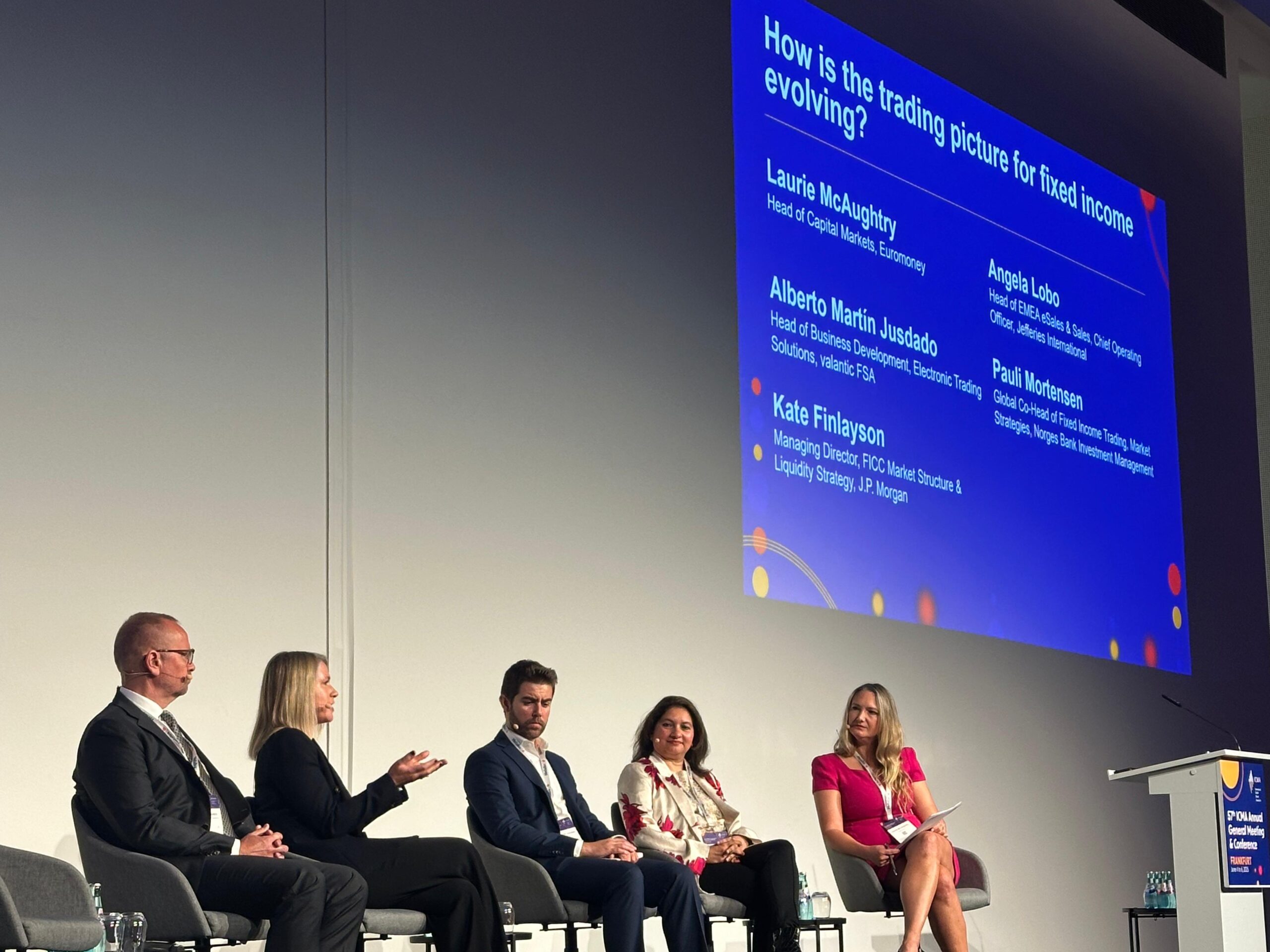Settlement failure – defined by the Central Securities Depository Regulation (CSDR) as the ‘non-occurrence of settlement, or partial settlement of a securities transaction on the intended settlement date, due to a lack of securities or cash and regardless of the underlying cause’ – is a big issue for investors and intermediaries.
A report published by Firebrand Research in February estimated that more than $96 billion was spent on resolving failures across the global equities market in 2023 and that the figure for 2025 could surpass the $157 billion spent on dealing with exceptions during 2021.
The cost of settlement fails cannot be swept under the rug any longer
Daniel Carpenter, Meritsoft
Thanks for your interest in Euromoney!
To unlock this article:




